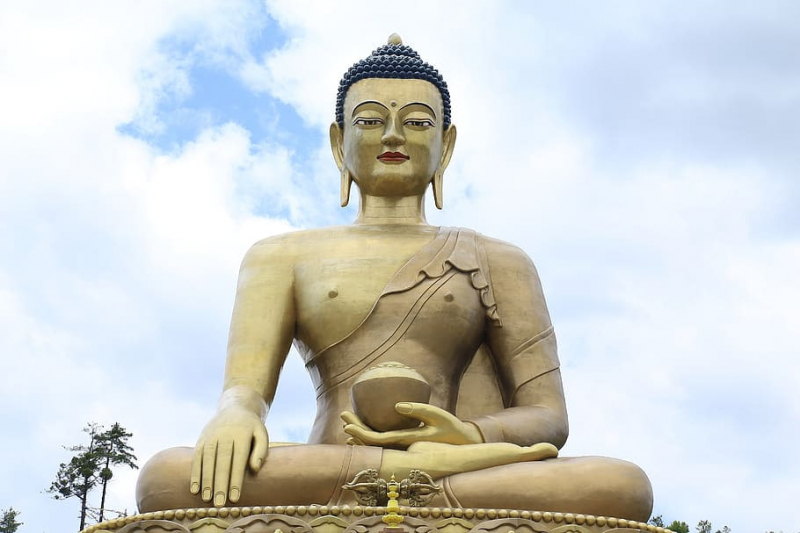The Buddha's appearance

What did the Buddha look like?
The precise physical appearance of Buddha remains elusive in historical records and contemporary accounts. In the present day, researchers endeavor to unravel ancient DNA to gain deeper insights into early migrations and the inhabitants of the regions encompassing modern-day southern Nepal and northeastern India, where the Buddha is thought to have resided. Despite these efforts, a definitive portrayal of the individuals in the Buddha's era remains absent.
Nevertheless, throughout the centuries, many artistic representations and descriptions have surfaced within Buddhist art and literature. The Buddha frequently appears as a tranquil and austere figure, adorned with distinctive attributes that have gained iconic status in Buddhist iconography. Among the recurring traits associated with depictions of the Buddha are a shaven head, elongated earlobes, an ushnisha (a cranial protuberance or crown), an urna (a dot positioned between the eyebrows), and the drapery of monastic robes.
It is significant to recognize that these portrayals have evolved and can exhibit variations amidst diverse cultures and artistic customs within the realm of Buddhism. The historical precision of these representations remains constrained, given their susceptibility to the impact of cultural interpretations and artistic norms.
Although unequivocal historical documentation of the Buddha's physical attributes is absent, the artistic renderings and narratives that surfaced throughout epochs offer a symbolic illustration of his enlightened and ascetic essence.










